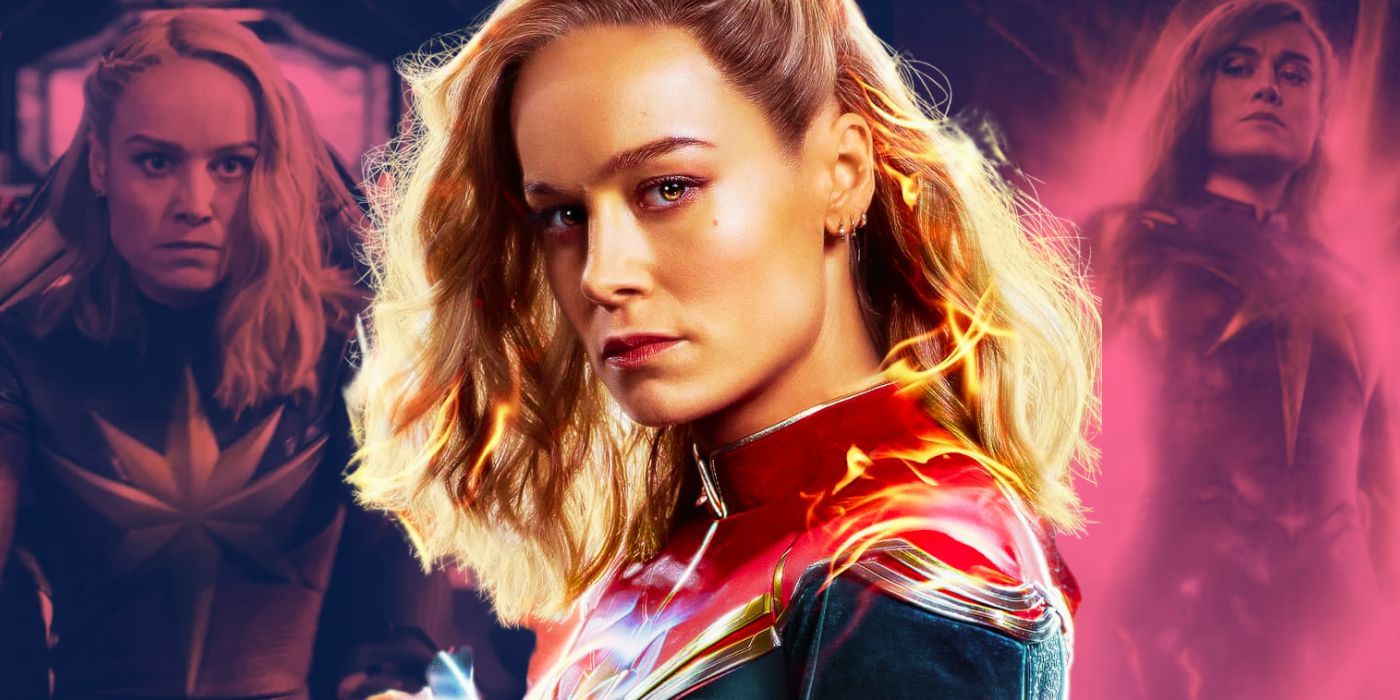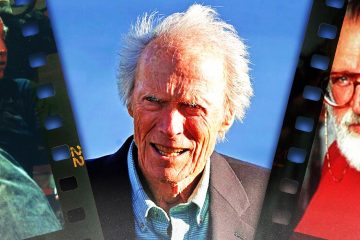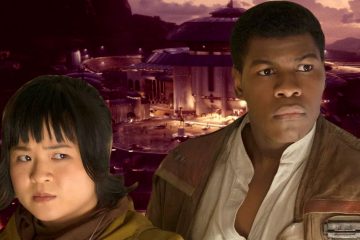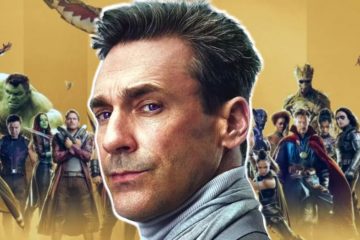In Avengers: Endgame, Carol Danvers was used sparingly, in large part because she was powerful enough to almost single-handedly defeat the enemy they couldn’t. In a way, she’s Marvel Studios’ Superman, meaning drastically overpowered in such a way it’s difficult to create an antagonist that can threaten her life. Yet, as the short runtime of The Marvels proves, Carol Danvers being so overpowered is an asset to the Marvel Cinematic Universe. Superhero fans still expect awesome displays of power, but they also want more from these films in terms of storytelling.One thing both The Flash and Ant-Man and the Wasp: Quantumania have in common is a visual effects-heavy extended fight sequence in the third act. Rather than greeting these CGI effects as a visual spectacle, critical audiences saw it as a visual mess that undercut their enjoyment of the movie. After nearly 25 years of superhero films, audiences are over the big third-act punch-em-up. Frankly, the “portals” scene from Endgame may have ruined that plot device for a generation. It doesn’t get bigger than that. Watching these godlike beings pound on each other, sometimes destroying a city in the process, is rarely a satisfying story resolution anymore. The Marvels doesn’t waste time with that, though Carol does get some big, spectacle moments. Yet, in one of the last moments of the film, she flies into the center of Hala’s sun, restarts the fission reaction in the core and flies away no worse for wear. With powers like that, any movie with Captain Marvel doesn’t have to waste time on a fight.The visual effects spectacles in superhero films deserve more credit than they get. In what are often terrible working conditions, VFX artists make the impossible (somewhat) believable. They are cinematic in a visual sense, but these moments don’t meet Martin Scorsese’s definition of cinema. On top of that problem, when these fights have collateral damage, no one in the story seems very heroic. It’s no accident that Secret Invasion’s final fight took place in a nuclear wasteland, or Quantumania’s third-act fight was a war for liberation. But, what if there’s no fight at all? In Richard Donner’s Superman, the Man of Steel doesn’t even throw a punch. He merely uses his awesome powers to fly around the world helping people who need it. The next Kal-El, actor David Corenswet, called Superman’s invincibility a gift as an actor. He never has to play fear for his life, allowing him to instead play something more dramatically interesting: fear for everyone else.The Marvels’ Final Trailer Showcases a Major Marketing ErrorThe Marvels Producer Discusses Nick Fury’s Role in the Story
In Avengers: Endgame, Carol Danvers was used sparingly, in large part because she was powerful enough to almost single-handedly defeat the enemy they couldn’t. In a way, she’s Marvel Studios’ Superman, meaning drastically overpowered in such a way it’s difficult to create an antagonist that can threaten her life. Yet, as the short runtime of The Marvels proves, Carol Danvers being so overpowered is an asset to the Marvel Cinematic Universe. Superhero fans still expect awesome displays of power, but they also want more from these films in terms of storytelling.
One thing both The Flash and Ant-Man and the Wasp: Quantumania have in common is a visual effects-heavy extended fight sequence in the third act. Rather than greeting these CGI effects as a visual spectacle, critical audiences saw it as a visual mess that undercut their enjoyment of the movie. After nearly 25 years of superhero films, audiences are over the big third-act punch-em-up. Frankly, the “portals” scene from Endgame may have ruined that plot device for a generation. It doesn’t get bigger than that. Watching these godlike beings pound on each other, sometimes destroying a city in the process, is rarely a satisfying story resolution anymore. The Marvels doesn’t waste time with that, though Carol does get some big, spectacle moments. Yet, in one of the last moments of the film, she flies into the center of Hala’s sun, restarts the fission reaction in the core and flies away no worse for wear. With powers like that, any movie with Captain Marvel doesn’t have to waste time on a fight.
The visual effects spectacles in superhero films deserve more credit than they get. In what are often terrible working conditions, VFX artists make the impossible (somewhat) believable. They are cinematic in a visual sense, but these moments don’t meet Martin Scorsese’s definition of cinema. On top of that problem, when these fights have collateral damage, no one in the story seems very heroic. It’s no accident that Secret Invasion’s final fight took place in a nuclear wasteland, or Quantumania‘s third-act fight was a war for liberation. But, what if there’s no fight at all? In Richard Donner’s Superman, the Man of Steel doesn’t even throw a punch. He merely uses his awesome powers to fly around the world helping people who need it. The next Kal-El, actor David Corenswet, called Superman’s invincibility a gift as an actor. He never has to play fear for his life, allowing him to instead play something more dramatically interesting: fear for everyone else.
#Captain #Marvel #Overpowered #Good #MCU
Note:- (Not all news on the site expresses the point of view of the site, but we transmit this news automatically and translate it through programmatic technology on the site and not from a human editor. The content is auto-generated from a syndicated feed.))



